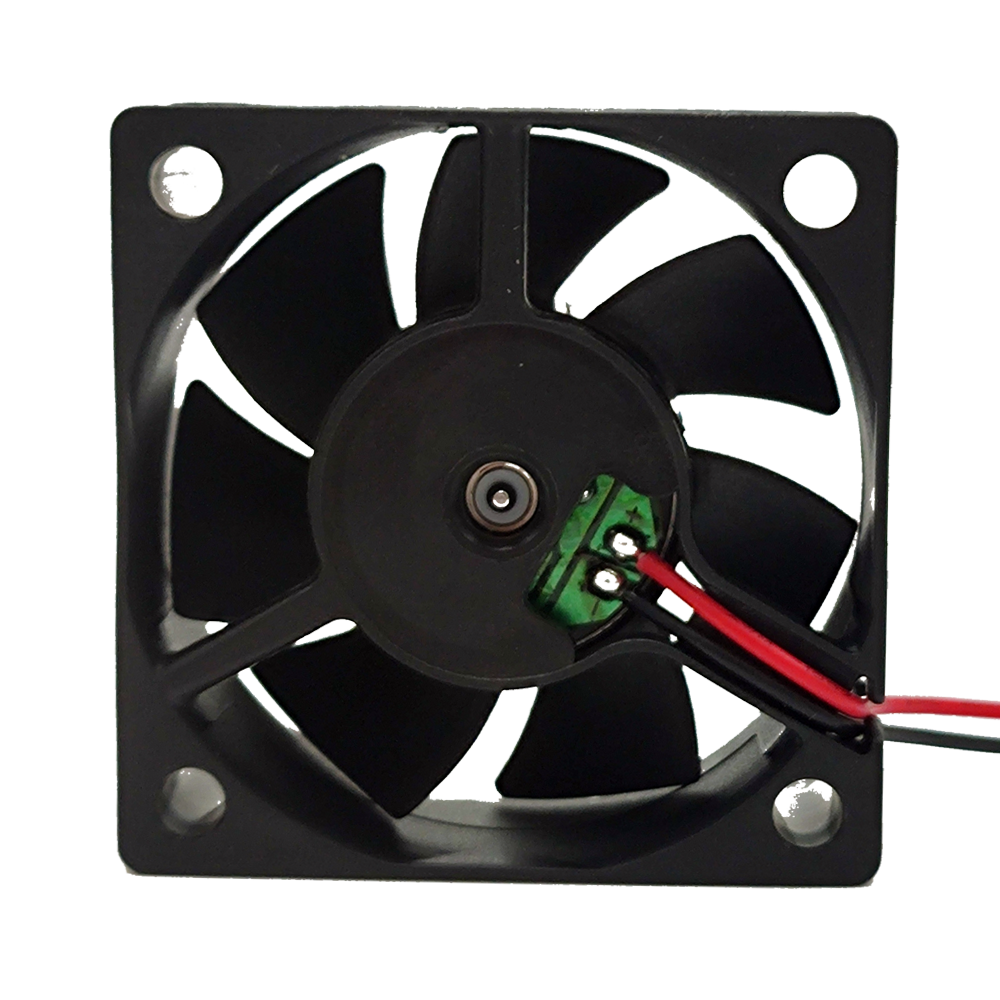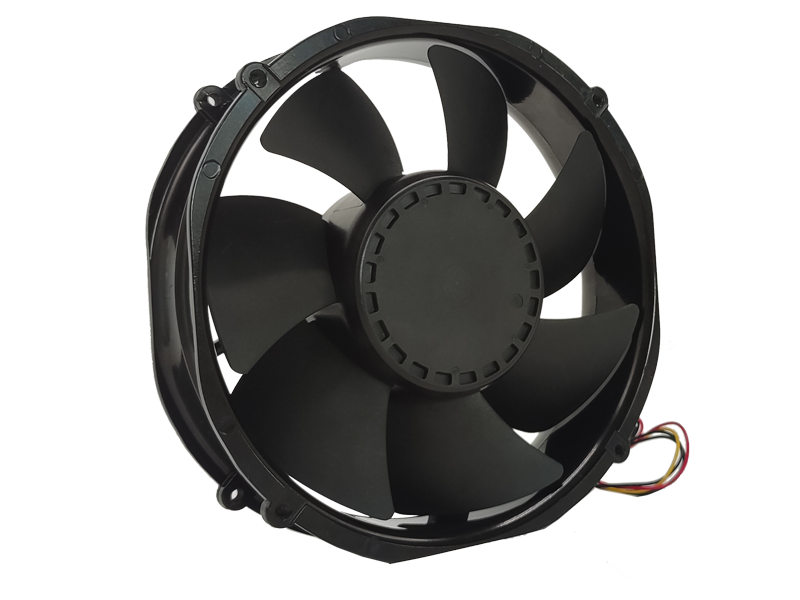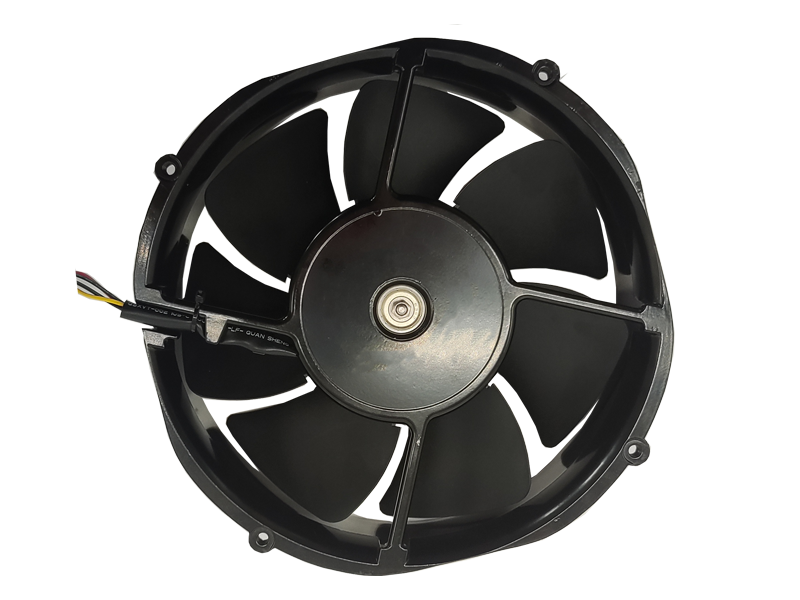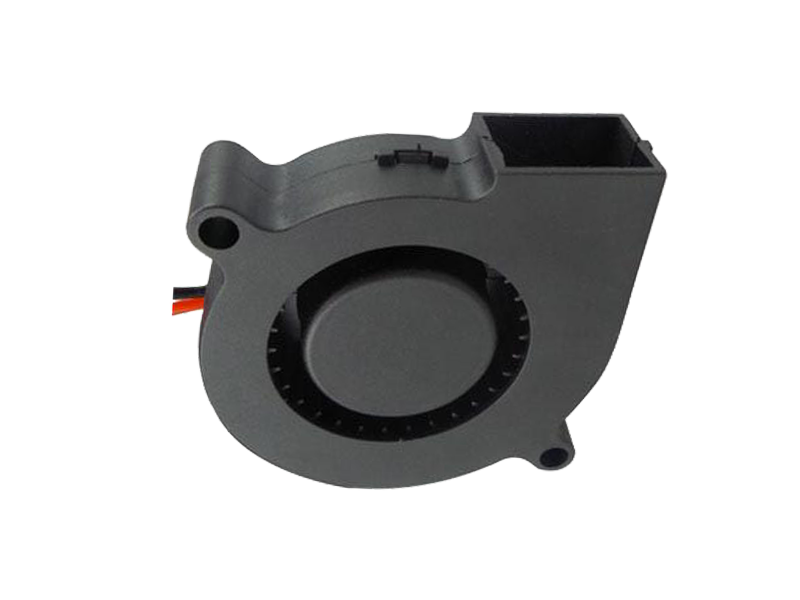The industrial fan sector is undergoing a paradigm shift driven by breakthroughs in material science and computational fluid dynamics (CFD). Modern industrial fans are no longer mere mechanical devices but sophisticated systems engineered to optimize airflow while minimizing energy consumption. This article explores how advanced materials and simulation technologies are enabling industrial fans to achieve unprecedented performance levels.
1. The Rise of Composite Materials in Fan Construction
Traditional metal blades are giving way to hybrid composite structures combining carbon fiber, glass-reinforced plastics, and even graphene-enhanced polymers. These materials offer:
Weight reduction: 40% lighter than steel equivalents, reducing motor load
Corrosion resistance: Ideal for chemical plants and coastal facilities
Fatigue resistance: Withstands 10,000+ hours of continuous operation without deformation
A case study from Siemens Gamesa shows that their composite-bladed industrial fans reduced energy consumption by 22% in offshore wind turbine cooling applications while increasing service life to 15 years.
2. CFD-Driven Aerodynamic Optimization
Modern fan design begins in virtual environments where CFD simulations model airflow patterns at molecular levels. Key innovations include:
Bionic blade profiles: Mimicking whale fins and owl wings to reduce turbulence
Asymmetric blade spacing: Eliminates harmonic vibrations
Boundary layer control: Micro-textured surfaces that delay airflow separation
GE's "AirMaster" series uses CFD optimization to achieve a 37% improvement in static pressure efficiency compared to conventional axial fans. The design process now involves 500+ iterations in simulation before physical prototyping.
3. Smart Bearings: The Unsung Heroes of Reliability
Industrial fan failures often originate in bearing systems. Next-gen solutions include:
Magnetic levitation bearings: Eliminate friction and lubrication needs
Self-healing ceramic coatings: Repair micro-cracks during operation
Vibration harvesting: Converts mechanical stress into bearing health monitoring data
A food processing plant in Germany reported a 92% reduction in downtime after upgrading to magnetic bearing fans from Howden, with maintenance costs dropping from €120k to €9k annually.
4. Energy Recovery Systems: Turning Waste Heat into Power
Cutting-edge industrial fans now incorporate:
Thermoelectric generators: Convert exhaust air heat into usable electricity

Kinetic energy harvesters: Capture rotational energy during deceleration
Phase change materials: Store thermal energy for peak demand periods
A pilot project at a steel mill in Sweden recovered 18% of the fan's energy input through these systems, achieving ROI in 14 months.
5. The Future: Quantum Computing and AI in Fan Design
Emerging technologies promise even greater breakthroughs:
Quantum annealing: Solves complex fluid dynamics equations 1000x faster
Generative AI: Creates novel blade geometries beyond human imagination
Digital twins: Real-time performance optimization through cloud-connected models
As industries face stricter energy regulations, the integration of these technologies will separate market leaders from followers. The industrial fans of tomorrow will not just move air – they'll transform how factories manage energy and resources.
Recommended Products

The main purpose:Car charging station

The main purpose:Car charging station

The main purpose:Electronic refrigerators, water dispensers, direct drinking machines, inverter power supplies
Address:No. 4137, Longgang Avenue (Henggang Section), Henggang Community, Henggang Street, Longgang District, Shenzhen
hotline:13530005572(Chen)15112579390(Li)


Welcome all friends to come for consultation and negotiation.
Copyright 2024 @ Shenzhen Youneng Xinyuan Electronics Co., Ltd.,(industrial fans,industrial blowers,axial fans,cooling fans manufacturer,centrifugal fans,ac cooling fans,dc cooling fans)